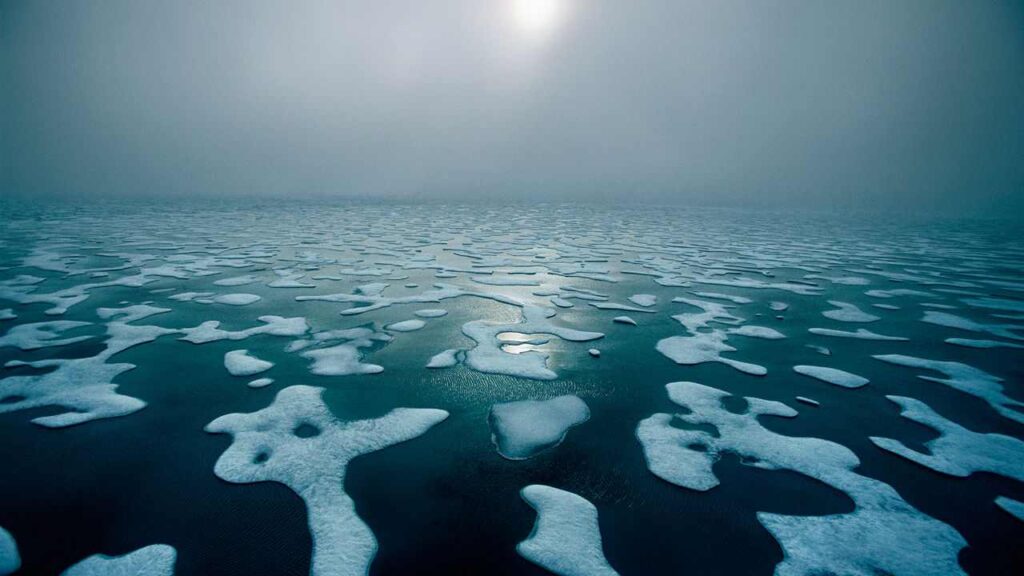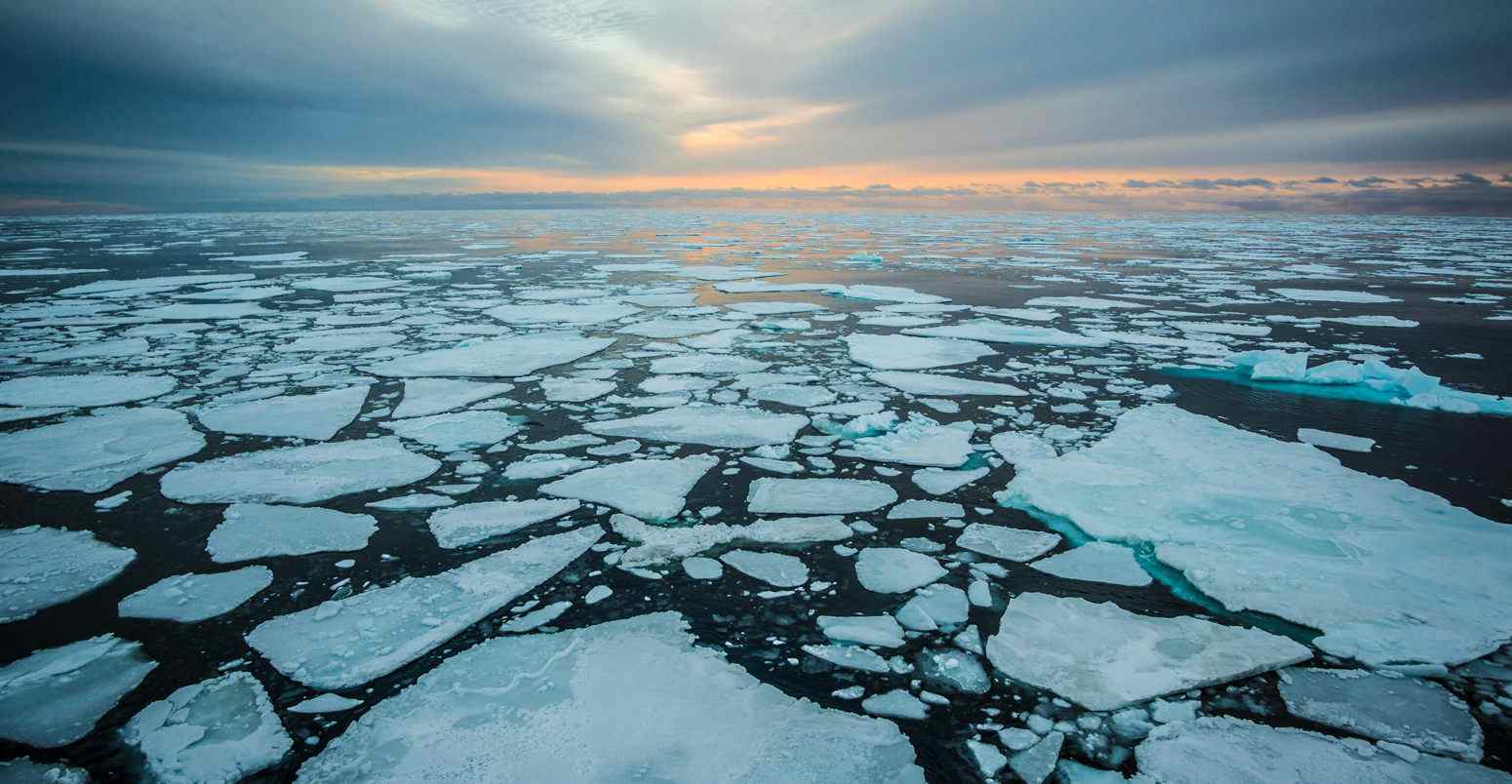Arctic sea ice — declining now for decades — has dived to a record-low for this season. The ocean above Russia and Siberia have a glaring absence of ice. “At the present time it’s quite extreme,” said Walt Meier, a senior research scientist at the National Snow and Ice Data Center. To value the remarkable loss of ice.
“We are seeing a truly astounding occasion within the Arctic Circle,” said Labe. Various elements stoked the recent Arctic sea ice crash. These components are impacted to a great extent by the persistently warming climate. Extreme heatwaves recently hit the Siberian region, with a Russian town reaching 100.4 degrees Fahrenheit, the highest temperature ever recorded in the Arctic Circle. This heat likely melted sea ice above Siberia. Warm temperatures cause water to pool on the surface of the ice, accelerating it in melting. “Everything amplifies when you get that heat early in the season,” said Meier.

There are presently huge regions of open water, which additionally enhance Arctic heating and ice liquefy. “Because of the wide open ocean, which would typically still be ocean covered ice, sea surface temperatures are rising more than 5 C (9 F) above average as sunshine (heat) is absorbed into the water,” Water temperatures are well above freezing in waters above Siberia, at some 40 F. “That’s really warm for the Arctic,” said Meier. Ocean ice was significantly thinner than average this winter, meaning ice melts more easily during the summer. Winds blowing from the south pushed ocean ice away from the usually ice-blanketed coast. It’s much too early to say if Arctic sea ice overall will fall to a record low extent this year (an event that occurs in September, known as the “sea ice minimum”). Though, it’s now starting to look “ominous” said Meier.












